Finding Balance With Yoga and Pilates
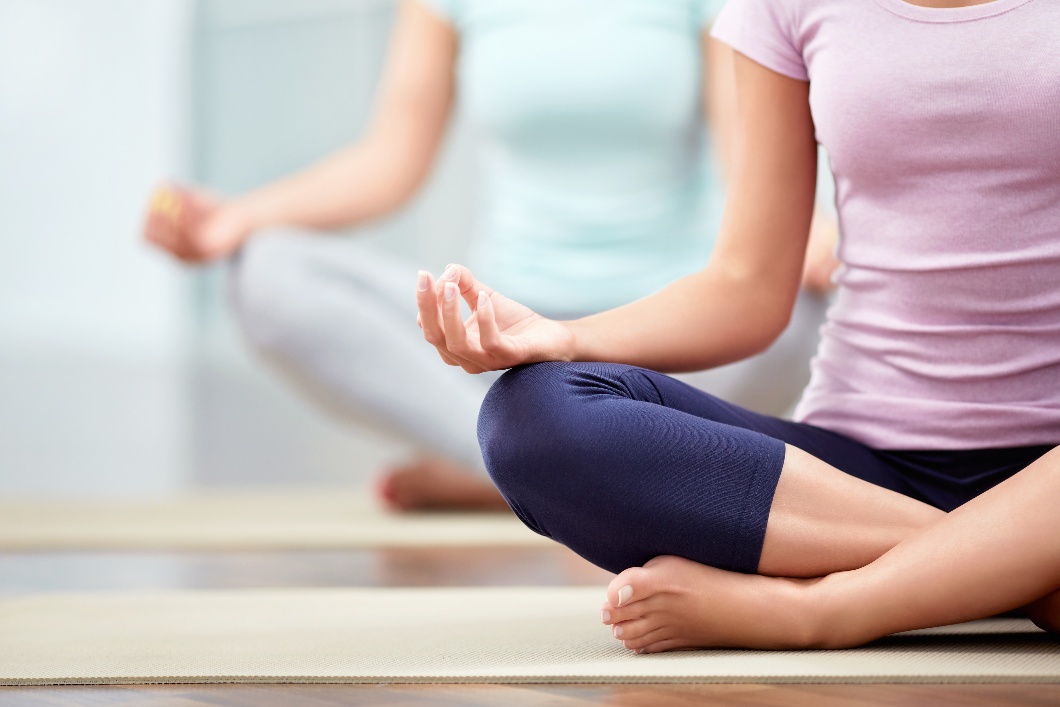
Both Pilates and yoga are renowned for their ability to enhance balance, offering physical and mental benefits that cater to individuals of all ages and skill levels. Whether you're a beginner or a seasoned practitioner, both practices allow you to gradually build strength and improve balance over time.
Having a strong sense of balance not only enhances athletic performance but is crucial for individuals of all ages to uphold, as it serves as a potent shield against injuries. As we age, the risk of falls leading to injuries increases significantly.
By honing your balancing abilities, you can quickly recover from any missteps and swiftly regain mastery over your body.
While yoga and Pilates share similarities, their main distinction lies in their approach; yoga emphasizes holding poses for extended periods, whereas Pilates incorporates movement-based exercises into its routines.
How Does Yoga Improve Balance?
As we know it today, yoga developed over thousands of years on the Indian subcontinent. Indian philosophies initially inspired yoga as a spiritual meditation practice, but it expanded to include physical movement.
As a result, yoga functions now as a fitness practice meant to promote well-being and deepen people's mental and spiritual connection with their bodies. Different styles of yoga have developed as well, with some being more focused on relaxation and others on physical exertion.
Regardless of the style, many yoga poses target muscles that improve balance. Research published by the National Center of Complementary and Integrative Health found evidence that regular yoga practice helps people sleep better and achieve greater physical balance.
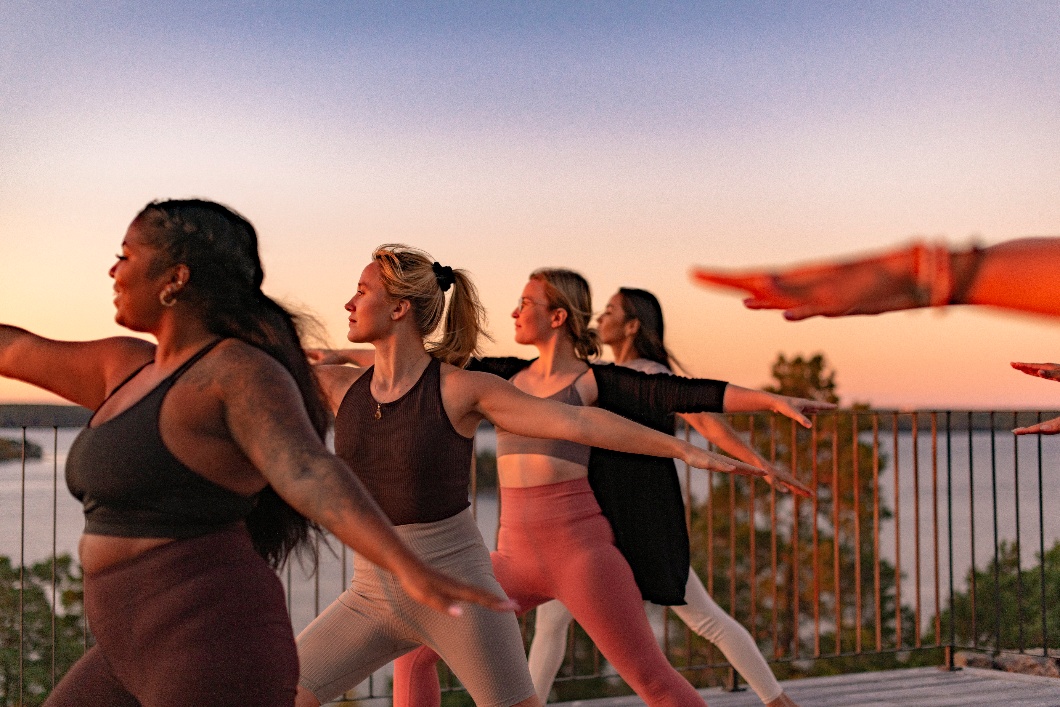
A trio of poses pinpointed by researchers at the University of Miami as particularly effective in enhancing balance have been highlighted by Yoga Journal.
As we know it today, yoga developed over thousands of years on the Indian subcontinent. Their data supported the conclusion that balance improved the most with the use of these three poses:
- Tadasana (mountain pose) - Stand on your feet and spread your toes. Bend your knees a little and contract abdominal muscles to straighten your pelvis and pull your ribs back. Shift your arms back and hold.
- Utkatasana (chair pose) - Stand on your feet and bend your knees 90 degrees (or as far as you can). Tighten your abdomen and reach your arms upward.
- Vrksasana (tree pose) - Stand on your feet and spread your toes. Contract your abdomen. Put your hands on your hips and raise one foot and press it against the other leg on your shin or thigh. As you find your balance, raise your hands over your head. Repeat for the other leg.
Mastering balance is all about the smooth flow of transitions between poses. It's during these transition movements that your balance is truly put to the test. The risk of falls arises not when you are stationary but when you shift from one position to the next.
The researchers recommended that individuals practice these poses, focusing on the fluidity of their movements during transitions from one pose to another. As proficiency in the poses grows, increasing the speed of transitional movements can provide a heightened challenge to the essential balance-enhancing muscles.
How Does Pilates Improve Balance?
The origins of Pilates are much more recent than yoga. According to the Cleveland Clinic, Joseph Pilates designed his exercises in the early 20th century to alleviate overuse injuries among dancers.
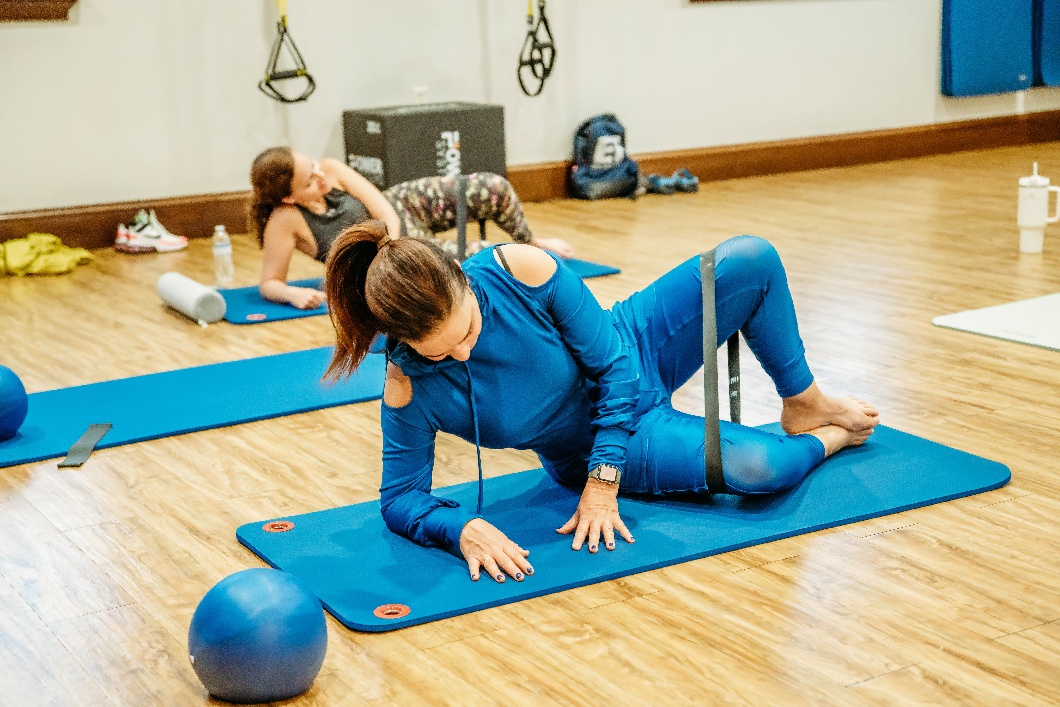
Overuse injuries, whether stemming from the rigorous training routines of professional dancers or our own long-standing physical habits, can lead to imbalances within our bodies. This imbalance often results in certain muscles becoming weaker while others are overworked.
While Pilates is often associated with strength training, its focus is not on bulking up muscles. Instead, Pilates aims to enhance endurance and muscular stability, ultimately contributing to improved balance.
When you perform Pilates exercises, you will:
- Focus on abdominal and lower back muscles
- Concentrate on each specific movement
- Use steady-flowing movements
Just like yoga, Pilates emphasizes the importance of moving with fluidity and grace. Drawing inspiration from yoga, Pilates created exercises that incorporate smooth, flowing movements to enhance balance and strength. Additionally, Pilates may utilize a reformer structure to target and strengthen core muscles accurately.
These exercises develop deep-seated muscles throughout your body, including:
- Pelvic floor
- Hip joints
- Shoulder girdle
- Muscles around the spine
Strengthening your core or trunk is the primary goal of Pilates. The exercises accomplish this while helping your flexibility and balance. The Improve Pilates blog explains that the focus on your legs, thighs, and core muscles aids balance because strength in your lower body gives you a greater ability to save yourself from a trip and fall.
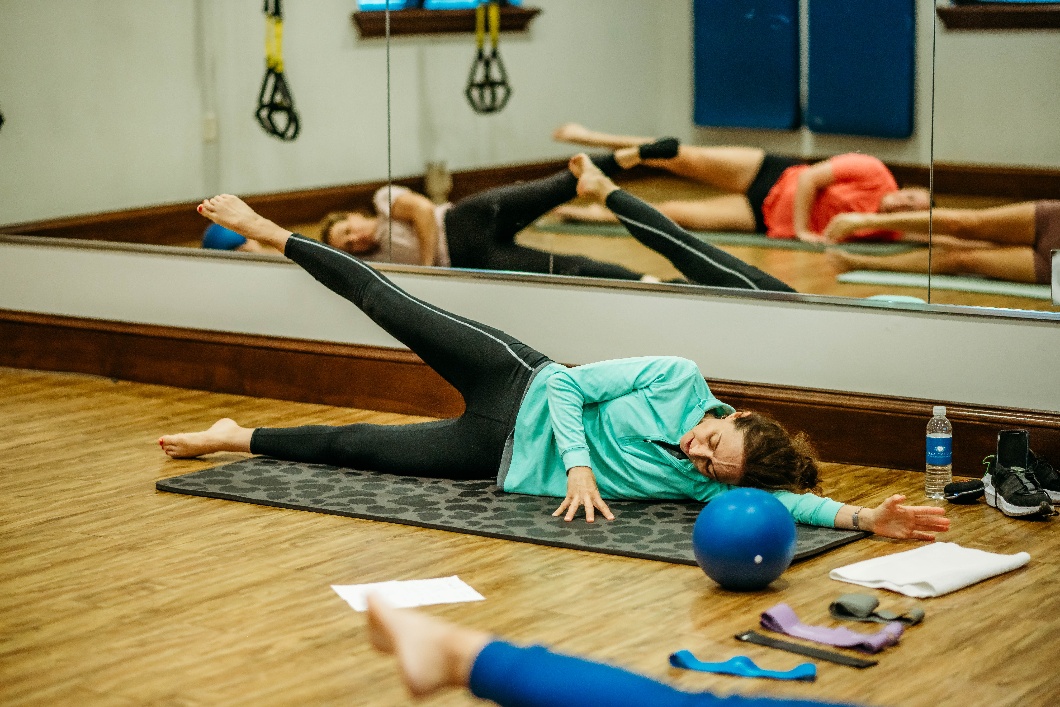
When combined with yoga poses that focus on strengthening the lower legs and feet, Pilates offers a powerful solution to address any physical limitations or weaknesses that may affect your balance. Additionally, similar to yoga, Pilates enhances your mind-body connection, known as kinesthetic awareness, which can further support your overall well-being and stability.
When researchers analyze individuals practicing Pilates, they observe heightened brain activity and improved neuromuscular connections in the body. This enhancement translates to better adaptability to sudden changes in daily life, ultimately leading to enhanced balance and stability.
Certain Pilates exercises are designed to be performed on the floor, while others are meant to be done while standing. Here are a few recommended exercises by physical therapists that are particularly beneficial for improving your balance:
- Shoulder retraction - On your hands and knees, squeeze your shoulder blades on the inhale and widen the shoulder blades on the exhale.
- Jump Prep - Stand on your feet and bend both knees with your feet flat on the floor as you inhale. Straighten both knees on the exhale and lift one leg out to the side. Repeat 10 times for each leg.
- Standing balance - With one foot on a block, stand straight and circle your free leg from front to back. Repeat 10 times for each leg.
Fitness, Fun, and Luxury Living at Bella Collina
Embracing an active and healthy lifestyle is effortless within the wellness-focused environment of Bella Collina. Our exclusive luxury community boasts a renowned Sir Nick Faldo-designed golf course and a top-notch fitness center, complete with expert instructors trained in yoga and Pilates to cater to your fitness needs.
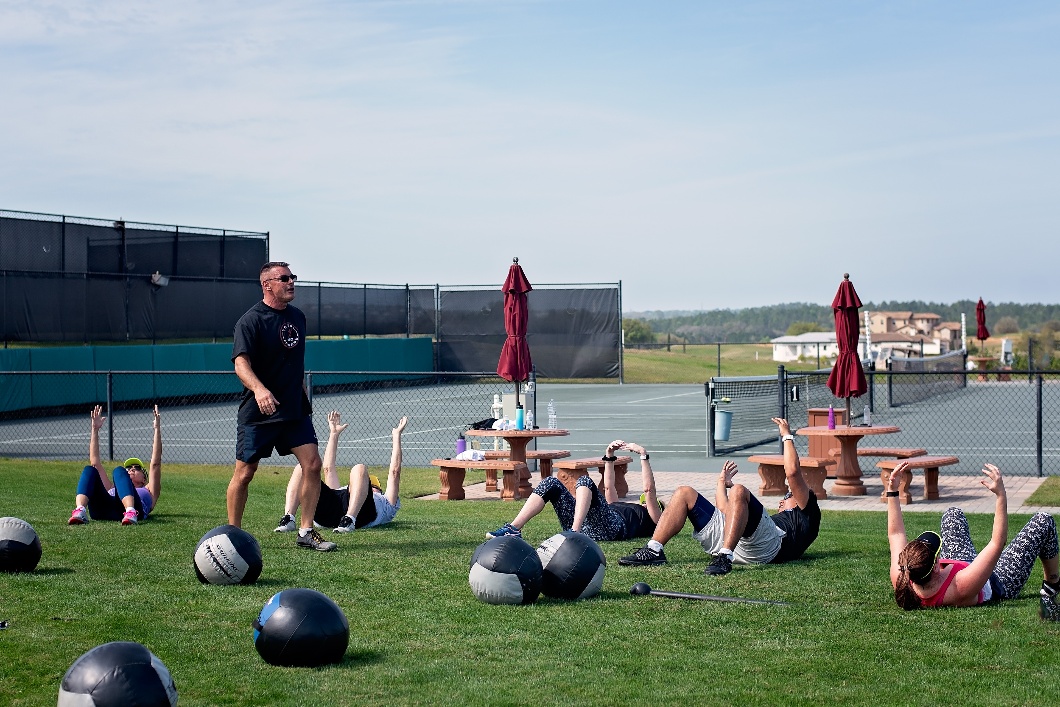
Whether you're looking to enhance your strength, improve flexibility, or simply stay active, Bella Collina offers a vibrant calendar of social and athletic events suitable for all ages. Residents and club members enjoy year-round access to our amenities, nestled in the sunny surroundings of Montverde, Florida, just a stone's throw outside of Orlando.
Within the picturesque landscape of Bella Collina, the lush green hills of Central Florida envelop our expansive 1,900-acre lakeside community. Discover the extraordinary Bella Collina lifestyle for yourself.

